Introduction: In the rapidly evolving landscape of modern medicine, 3D printing has emerged as a transformative force, redefining the way healthcare is delivered and experienced. This groundbreaking technology has unlocked a myriad of possibilities, from creating custom implants to regenerating human tissues. In this article, we will explore the remarkable healing power of 3D printing, showcasing its incredible potential to revolutionize the world of healthcare.
- Personalized Medicine: One of the most significant advantages of 3D printing in the medical field is its ability to offer personalized solutions. Traditional one-size-fits-all approaches to treatment are being replaced by customized prosthetics, implants, and medical devices. Patients are no longer limited by mass-produced options but can receive tailored solutions that enhance their comfort and overall quality of life.
- Precision and Surgical Innovation: 3D printing has ushered in a new era of surgical precision. Surgeons can now utilize 3D-printed models to plan and practice complex procedures with unmatched accuracy. This reduces the margin for error, minimizes surgical risks, and ultimately leads to improved patient outcomes. The technology has also paved the way for minimally invasive procedures and faster patient recovery times.
- Education and Training: Medical education has undergone a transformation thanks to 3D printing. It enables the creation of highly detailed anatomical models that replicate human organs and structures with remarkable accuracy. Medical students and professionals can gain hands-on experience and hone their skills using these models, ultimately improving the quality of care they provide to patients.
- Accelerated Research and Development: In the race to find new medical solutions, 3D printing offers a significant advantage. Researchers can rapidly prototype and test medical devices and pharmaceuticals, speeding up the development process. This agility is particularly vital during pandemics and health crises, where swift innovation can save lives and address emerging challenges effectively.
- Dental Revolution: Dentistry is another field that has embraced the transformative potential of 3D printing. From dental implants and crowns to orthodontic devices, 3D printing has revolutionized the dental industry. Patients benefit from more accurate and comfortable treatments, while dentists have access to advanced tools for diagnosis and treatment planning.
- Biofabrication and Tissue Engineering: The holy grail of 3D printing in medicine is biofabrication. Researchers are actively working on printing functional human tissues and organs. While this technology is still in its early stages, it holds immense promise for addressing organ shortages and revolutionizing transplant procedures. 3D-printed tissues, such as skin and cartilage, are already in use, marking significant progress in regenerative medicine.
- Cost-Efficiency and Accessibility: 3D printing has the potential to reduce healthcare costs by minimizing the need for expensive revisions and replacements. Customized medical solutions can often be more cost-effective in the long run. Additionally, 3D printing’s versatility and accessibility make it a valuable tool for providing medical solutions in remote and underserved areas, bridging healthcare gaps.
- Telemedicine Integration: The integration of 3D printing with telemedicine has further expanded its reach and impact on healthcare. Telemedicine has gained significant traction, especially in remote and underserved areas. With the combination of 3D printing technology, medical professionals can remotely assess patients, share digital files, and even create 3D-printed medical solutions locally. This synergy allows patients worldwide to benefit from advanced medical care and custom solutions, bridging geographical healthcare disparities.
- Regulatory and Ethical Considerations: The rapid advancement of 3D printing in healthcare has prompted regulatory bodies and healthcare institutions to establish guidelines and ethical standards. Ensuring the safety and efficacy of 3D-printed medical products is paramount. Regulatory frameworks must evolve to keep pace with the technology, striking a balance between innovation and patient safety. Ethical considerations also play a crucial role in maintaining trust and safeguarding patient interests.
- Future Possibilities: As we look ahead, the future of 3D printing in medicine holds even more exciting possibilities. Researchers are exploring applications such as printing organs with vascular networks, enabling the creation of fully functional organs for transplantation. Additionally, advancements in biomaterials and 3D printing techniques continue to expand the scope of what is achievable in healthcare. From treating complex diseases to addressing global health challenges, 3D printing is poised to play an increasingly pivotal role.



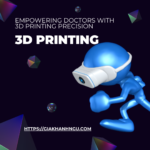
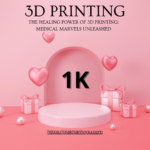







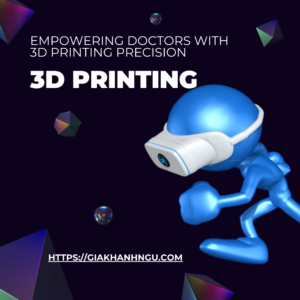
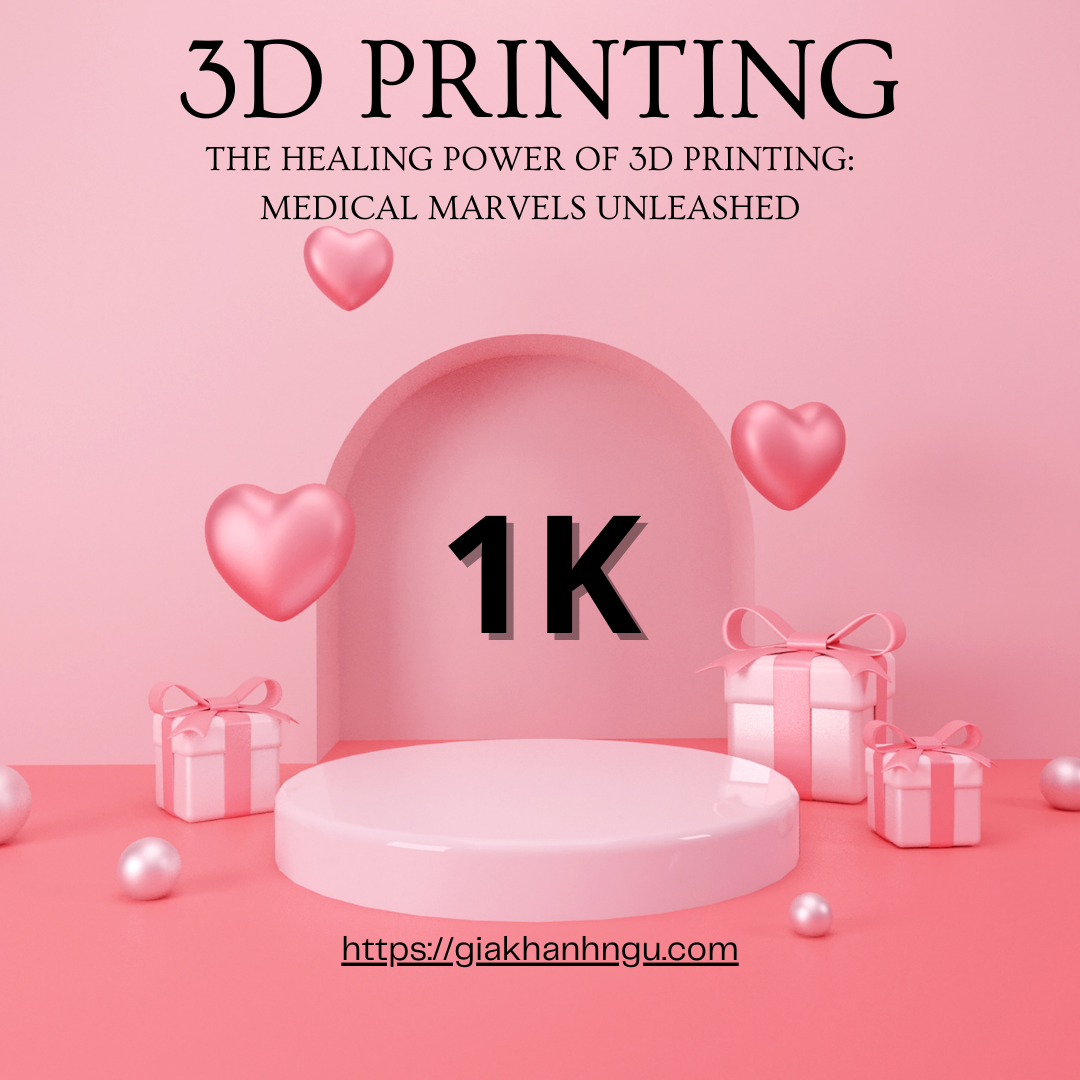
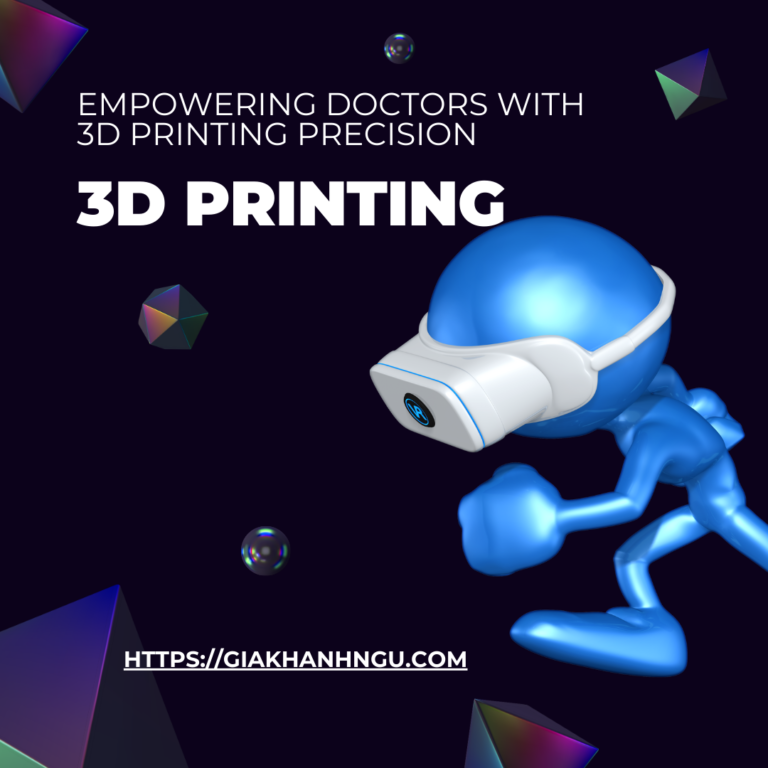




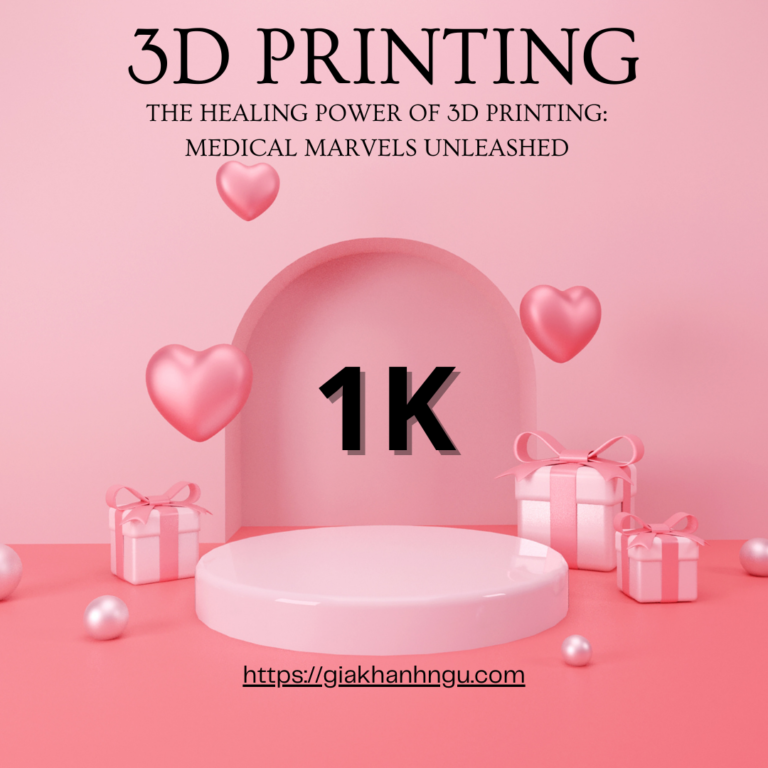



+ There are no comments
Add yours